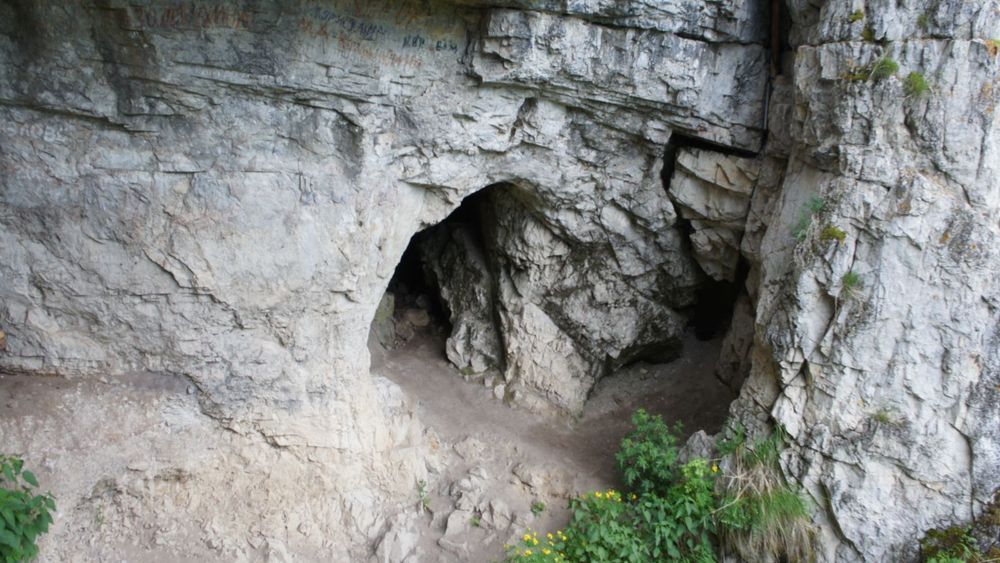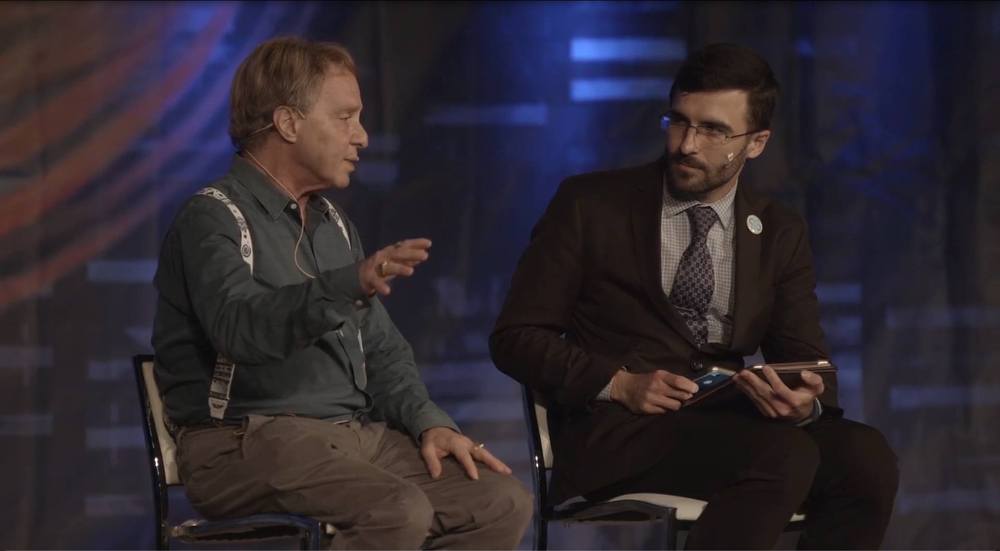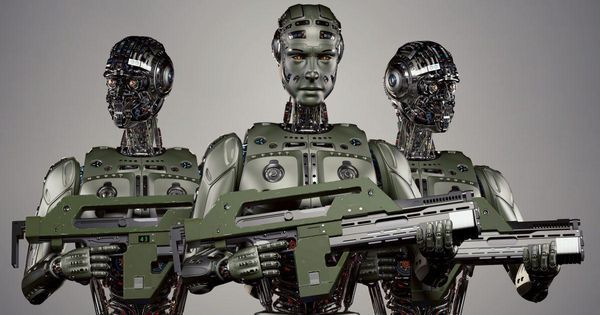One of the most powerful techniques in machine learning, generative adversarial networks, has been tested on a quantum computer for the first time.



Buried deep within the DNA of Asian individuals is a genetic clue pointing to the existence of an unknown human ancestor. Remarkably, it wasn’t a human who reached this startling conjecture, but rather an artificially intelligent algorithm. Welcome to archaeology in the 21st century.
New research published last week in Nature Communications suggests a yet-to-be discovered hominid interbred with modern humans tens of thousands of years ago. This mystery species eventually went extinct, but an AI developed by researchers from the Institute of Evolutionary Biology (IBE) and several other European institutions found traces of its existence in the DNA of present-day people with Asian ancestry. A press release issued by the Centre for Genomic Regulation said it’s the first time deep learning has been used to explain human history, “paving the way for this technology to be applied in other questions in biology, genomics and evolution.”

The theme for this year’s gathering is Globalization 4.0 – how we’re handling the changes wrought on the world by the increasing interconnectedness of cultures and economies.
We must also reckon with the future. Digitization, Big Data, and the migration of IT services to the cloud are driving change now but we’re also starting to see the opportunities that will lead to Globalization 5.0.
These are the themes that will dominate the Davos gatherings of the future, says General Atlantic’s Bill Ford.

Here is another advanced prosthetic device that can make life easier for amputees. BrainRobotics’ EMG Prosthetic Hand features a modular mechanical design. It comes with 8 signal detection channels for precise EMG readings. An advanced machine learning algorithm is used to allow users to intuitively control this robotic prosthesis.
More like this ➡️ here.

Blockchain shows major potential to drive positive change across a wide range of industries. Like any disruptive technology, there are ethical considerations that must be identified, discussed, and mitigated as we adopt and apply this technology, so that we can maximize the positive benefits, and minimize the negative side effects.
Own Your Data
For decades we have sought the ability for data subjects to own and control their data. Sadly, with massive proliferation of centralized database silos and the sensitive personal information they contain, we have fallen far short of data subjects having access to, let alone owning or controlling their data. Blockchain has the potential to enable data subjects to access their data, review and amend it, see reports of who else has accessed it, give consent or opt-in / opt-out of data sharing, and even request they be forgotten and their information be deleted.
Monetize Your Data


Watch it here: https://www.youtube.com/watch?v=10dFgrjdfqY
I posed a wide array of questions for inventor, futurist, and Singularitarian Dr. Ray Kurzweil on September 21, 2018, at RAAD Fest 2018 in San Diego, California. Topics discussed include advances in robotics and the potential for household robots, artificial intelligence and overcoming the pitfalls of AI bias, the importance of philosophy, culture, and politics in ensuring that humankind realizes the best possible future, how emerging technologies can protect privacy and verify the truthfulness of information being analyzed by algorithms, as well as insights that can assist in the attainment of longevity and the preservation of good health – including a brief foray into how Ray Kurzweil overcame his Type 2 Diabetes.

Amidst these complex security challenges and the sea of unknowns coming our way, what remains fundamental for the safety and security of the human race is the role of programmers and programming along with the integrity of semiconductor chips. The reason behind this is programmers can define and determine the nature of AWS (at least in the beginning) until AI begins to program itself.
Weaponized artificial intelligence is almost here. As algorithms begin to change warfare, the rise of autonomous weapons systems is becoming a terrifying reality.

These dated interfaces are not equipped to handle today’s exponential rise in data, which has been ushered in by the rapid dematerialization of many physical products into computers and software.
Breakthroughs in perceptual and cognitive computing, especially machine learning algorithms, are enabling technology to process vast volumes of data, and in doing so, they are dramatically amplifying our brain’s abilities. Yet even with these powerful technologies that at times make us feel superhuman, the interfaces are still crippled with poor ergonomics.
Many interfaces are still designed around the concept that human interaction with technology is secondary, not instantaneous. This means that any time someone uses technology, they are inevitably multitasking, because they must simultaneously perform a task and operate the technology.
One small amoeba found a solution to the traveling salesman problem faster than our best algorithms. What does it know that we don’t?